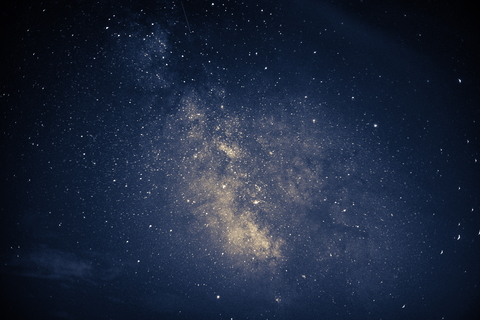Overview
During the past three years my researches focus on building models to estimate the ISM emission signals and SIDM halo evolution in a more accurate and faster way. These unprecedented works are crucial for bridging various state-of-the-art simulations with observations. My talk is divided into two parts. In the first part I will introduce a fast post-processing pipeline to predict [OIII], [OII], and Hydrogen Balmer line emission around simulated star particles, accounting for spatial variations in the surrounding gas density, metallicity, and incident radiation spectrum. I will then present detailed comparisons among galaxy wide line luminosities, line ratios, and line profile shapes between post-processed FIRE high-z central galaxies and current observations. In the second part I will introduce a fast mapping method that relates the SIDM halo evolution under constant-cross-section to models with arbitrary velocity dependence in the cross section. This method is then applied to constrain physically motivated SIDM cross section models with a joint analysis of galaxies and clusters.
